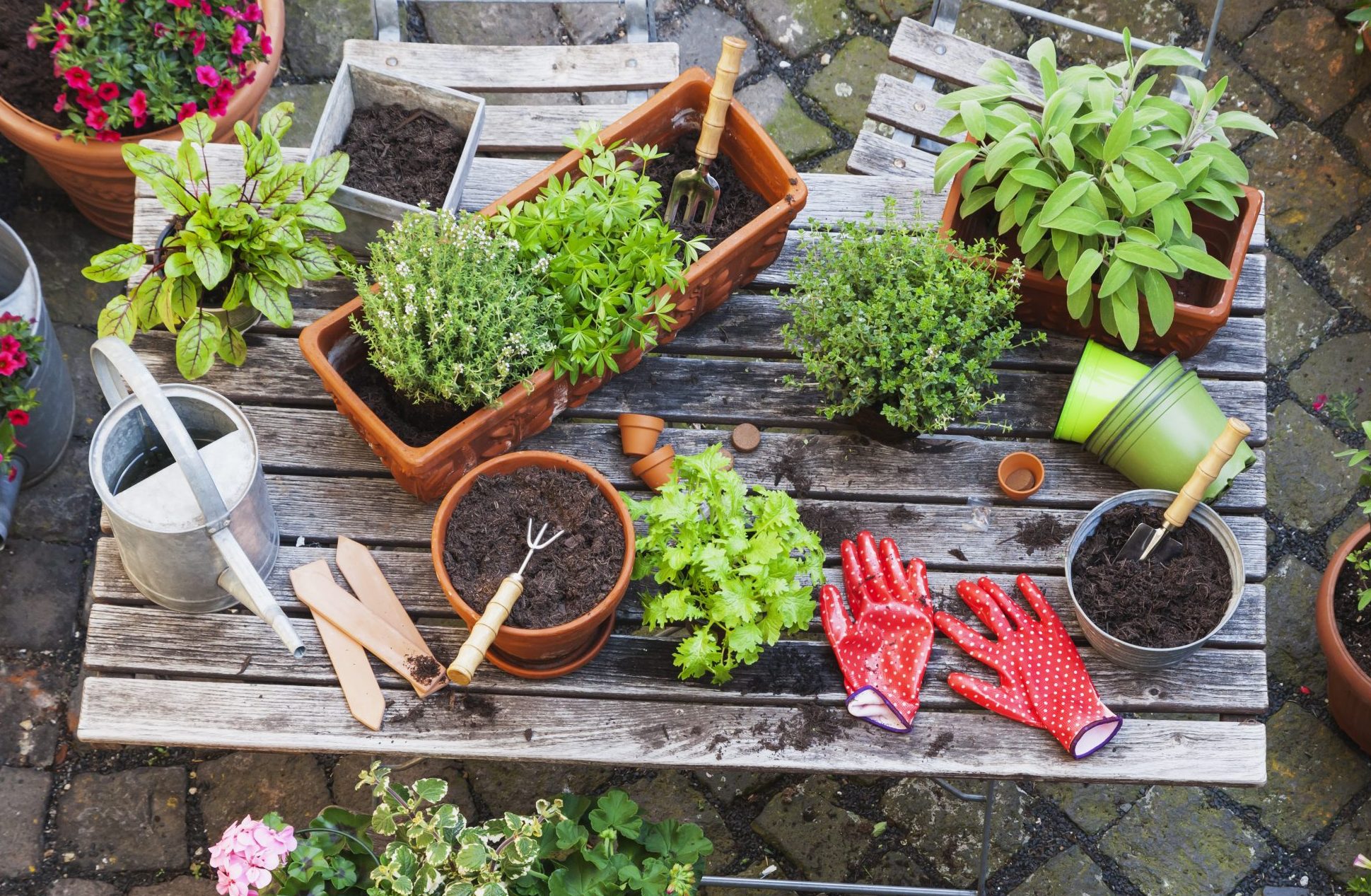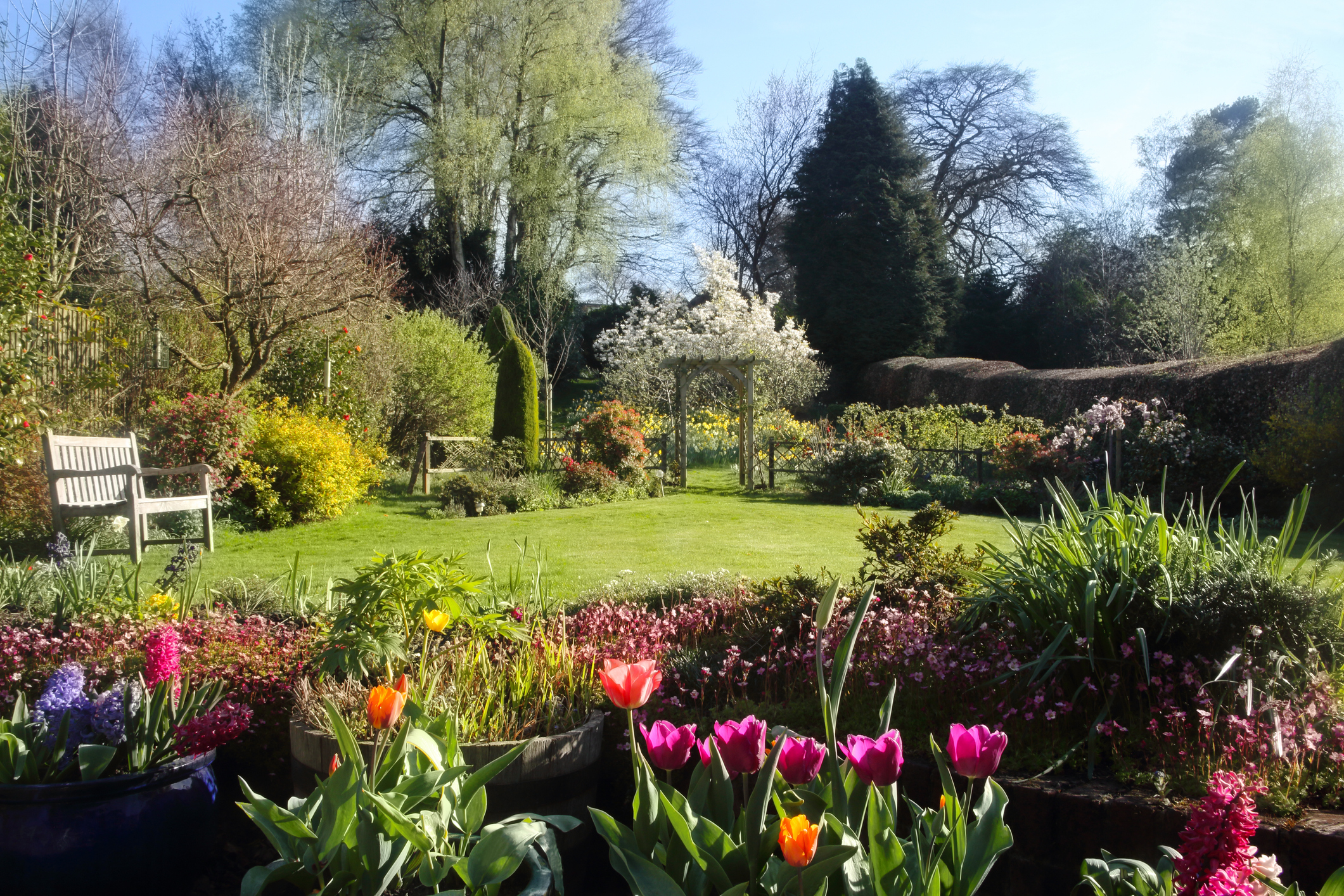Anna Pavord: A natural-born-hoarder's guide to getting rid of all those plants that really must go
Clearing out plants is not for the faint-hearted, but Anna Pavord shares her hard-won tips.

I have a whole drawer full of odd socks in the bedroom. But why? It’s not as if their partners are suddenly going to dance out from behind the washing machine for a joyous reunion. And behind the mahogany doors of the wardrobe is a cavalcade of 30 years of fashion, including bell-bottom trousers from the first time they came around. I find it extremely difficult to get rid of things.
It’s the same in the garden. I can make a case for the Pisaesque towers of plant pots in the potting shed. Plastic, yes, but recycled. Endlessly. From time to time, some will float off to a fête, planted up with divisions of cymbidiums and Spuria iris, although not often enough to make a real difference. Fortunately, plants are now most likely to come from swaps with friends, swaddled in newspaper rather than plastic. The towers may not be shrinking much, but at least they have stopped growing.
Leaning against the wall in one corner of the potting shed is a clutch of hoes of different sizes, a mattock, a pitchfork… all with heavy wooden handles. They belonged to my father’s uncle, a schoolmaster of a type that perhaps does not exist now: tall, solitary, ascetic, a mountaineer, formidably well read. He kept a fine orchard, a huge vegetable garden and grew splendid auriculas. As well as his tools, I have his meticulous garden diaries, which stretch from his retirement in March 1945 to his death in June 1962. I don’t use his tools — they are too heavy for me — but knowing his diaries so well, how could I throw them away?
"Some perfectly decent plants end up on the compost heap. It’s a waste, yes, but there are not enough hours in the day to pot up every spare scrap of brunnera or pulmonaria"
Occasionally, a very clear message rings out, ‘That must go’, but it is most likely to apply to things that one had nothing to do with in the first place. It happened to me 20 years ago, when we left the rectory and came to our present garden. Between the house and the view out over the steep valley was a purple plum (Prunus cerasifera ‘Pissardii’). Ever since I started gardening, I have harboured an irrational hatred of purple-leaved plums. Before the removal men had even finished unpacking their vans, therefore, a handy son-in-law found the tools I had brought over the previous day and single-handedly felled and cut up the plum. Joy, undiluted joy.
In the decades since that first day, I have found it much more difficult to get rid of things. In the new garden were plants I hadn’t grown in the old, so they needed time to show me what they could do. Some, such as Clematis armandii, did far too much. My RHS Encyclopaedia gave its spread as 6ft–10ft, but this specimen had already covered 50ft of the house front. For every day that the young foliage looked its glossy, burnished best, there were at least 20 when the leaves looked battered and ugly.
I almost pardoned it when, the first spring, curtains of vanilla-scented flowers swayed in front of the windows. But, and it is a big but, it is a bully and it was completely swamping the wisteria, the vine, the honeysuckle and everything else we inherited here on the long south front of the house. In the autumn, we cut out its great tentacles from among the other climbers and then dug out the root, the guilt assuaged to a great degree by the knowledge that its companion plants would now have a much better chance of surviving themselves.
We inherited, too, some pretty terrifying daffodils, doubles that flower about this time of year, with orange bits tucked in between bright-yellow petals. I have never got round to the labour of digging them out of the grass, but, as soon as they come into bud, I pick them and, visually at least, they cease to exist.
Exquisite houses, the beauty of Nature, and how to get the most from your life, straight to your inbox.
Some perfectly decent plants end up on the compost heap. It’s a waste, yes, but there are not enough hours in the day to pot up every spare scrap of brunnera or pulmonaria. And we need a great deal of compost in our garden, so the surplus plants get used, albeit in a different way. The very best solution to the difficulty of getting rid of things has emerged in the shape of two of our daughters. They both have large gardens that need filling and have become mad keen gardeners. Self-sown hazel saplings? Gone. Seedling hollies? Gone. Yellow archangel (Lamium galeobdolon)? Gone — although with a health warning. And, in return, I have some beautiful seed-grown cobaeas in the greenhouse. Perfect.

Anna Pavord: 'I never quite remember how glorious it is going to be, that first day in spring'
The gardener and writer Anna Pavrod on the joy of rediscovery that is spring.